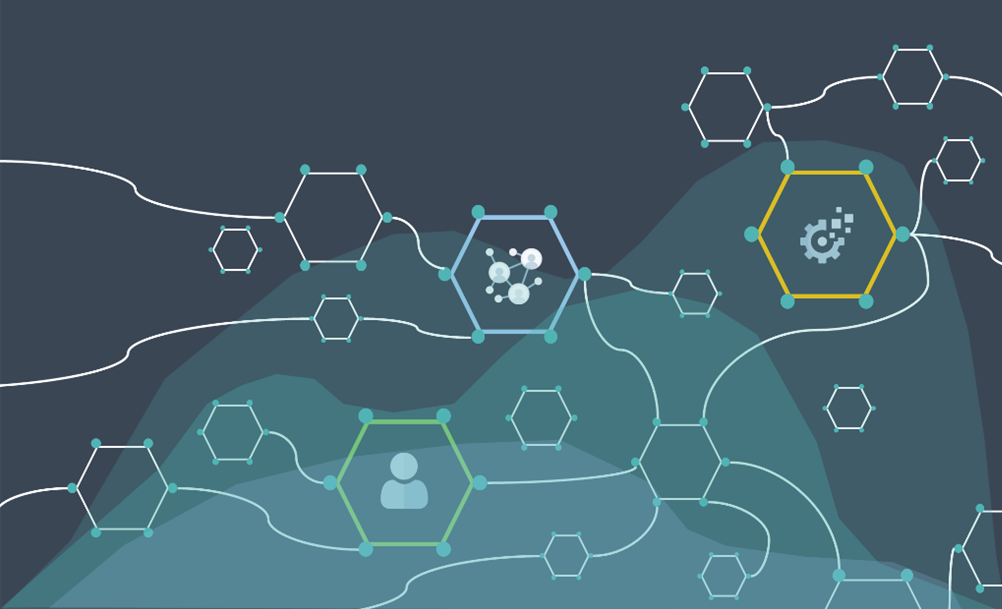Complex Socio-technical Systems Modeling (COSSMO)
Contact: Niklas Grabbe
Modern systems are increasingly complex, involving many tightly intertwined technological, human, and social agents. Those systems are intractable, and outcomes cannot be totally controlled or predicted. Traditional approaches for risk and safety management are limited to analyzing and evaluating the performance of such systems, especially with the progressive introduction of automation. Thus, the working group COSSMO mainly adopts a Resilience Engineering perspective which considers interactions, processes, and patterns of emergent behaviour within a complex socio-technical system (STS), aiming to build adaptive capacities essential for resilience to cope with the complexity of work. This is currently lacking and inevitable as a fundamental basis for the performance assessment to support decision-makers in making proper decisions by optimizing several conflicting goals such as safety, efficiency, and comfort.
The research is oriented to both practical application and theoretical advancement of systemic methods and models. The application domains refer to a wide range of STS, e.g., road traffic, collaborative robots, industrial production, aviation operations, and healthcare practices.
In particular, there is a emphasis on the use of the Functional Resonance Analysis Method (FRAM) (Hollnagel, 2012). FRAM stands as one of the most widely utilized systemic approaches for describing and comprehending the operations within a complex STS from a functional perspective rather than focusing solely on components. Its objective is to create a model that captures how work is actually done, accounting for the inherent variability arising from necessary trade-offs and adaptations demanded by complexity. FRAM delves into emergent behaviors stemming from functional interactions and adjustments in everyday performance, typically contributing to successful outcomes. However, on rare occasions, these adjustments may aggregate unexpectedly, resulting in functional resonance, with accidents representing the most severe consequence. This approach facilitates the identification of potential conflicts in the flow of interactions within complex systems. In the past, FRAM has seen extensive application and methodological advancement across diverse domains, both in retrospective and prospective analyses.
Further information can be found here:
https://www.functionalresonance.com/, https://github.com/functionalresonance
